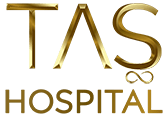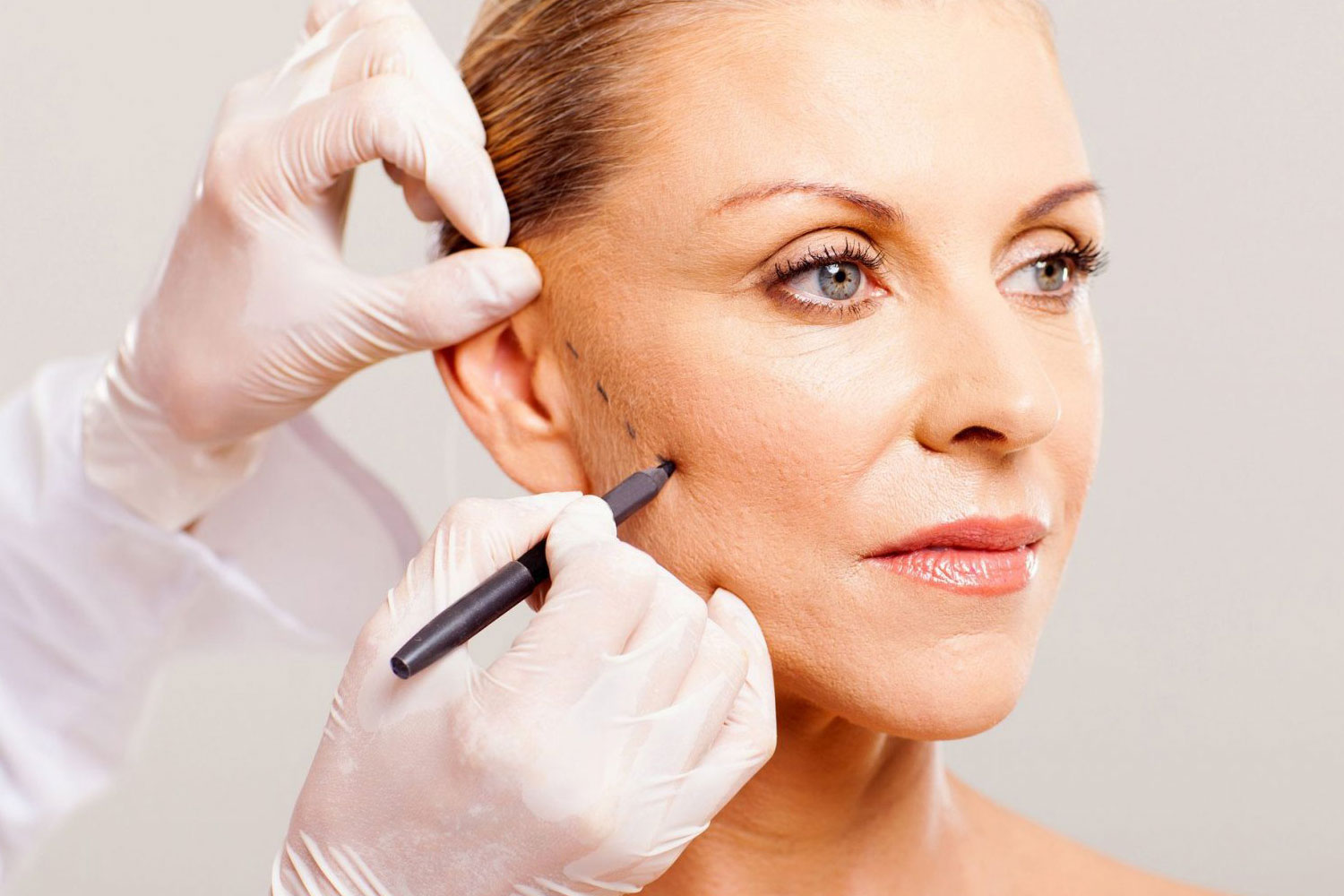
How to Make PRP
PRP is the abbreviated form of ‘Platelet Rich Plasma’. Platelet-rich plasma means plasma rich in platelet cells. In the PRP procedure, firstly, a certain amount of blood is taken from the person. The plasma of the blood taken, which is rich in platelet cells, is separated. The separated plasma containing growth and protein factors are returned to the person by injection. Separation is done by a special procedure applied by a specialist.
PRP is a method used in the treatment of many disorders. There are many areas where it is used from dental disorders to skin, orthopedic disorders to hair loss. With PRP treatment, cell regeneration and therefore healing is aimed. It is a treatment method that does not require surgery or anesthesia.
Who is PRP Suitable for?
PRP treatment provides ‘healing and rejuvenation’ because it increases collagen in the applied area. Collagen is a structural protein found in our body. Since PRP treatment is mostly preferred for skin rejuvenation, we can say that it is suitable for people aged 30 and over. Apart from skin rejuvenation; It is also a preferred procedure for scars, acne, pain, calcification, tendon injuries, joint disorders, and hair loss. There is no age limit for applications performed due to a condition other than skin rejuvenation. You can decide on the necessity and suitability of the treatment together with your specialist.
There are also special cases where PRP applications cannot be performed. PRP treatment is not suitable for pregnant women, breastfeeding women, those with a genetic predisposition to cancer, those who use blood thinners, and those with blood diseases. It is very important to give your physician accurate information about your health condition for this application. So, how is PRP treatment performed?
Plasma containing platelets is obtained from the blood taken from the person after a 15-minute process using a centrifuge device. The area to be applied is determined and the plasma obtained is injected into this area. The total duration of this procedure is usually 30-40 minutes. It is an easy and fast application. Depending on the reason for the application, the number of sessions is decided by the specialist physician. We can say that 3-4 sessions are applied on average. There are usually 2 weeks between applications. The number and frequency of sessions are determined by the age of the person. As age increases, healing or rejuvenation occurs more slowly. In this case, more and more frequent sessions may be required. As age progresses, collagen, growth, and protein factors injected into the person are of course insufficient. Therefore, the PRP procedure requires renewal 1 or 2 times a year. PRP treatment is not a treatment that shows its effect immediately. Although it varies according to the purpose of treatment, it shows its effect from the 3rd session on average.
You can contact us for more detailed information about PRP and to make an appointment.












